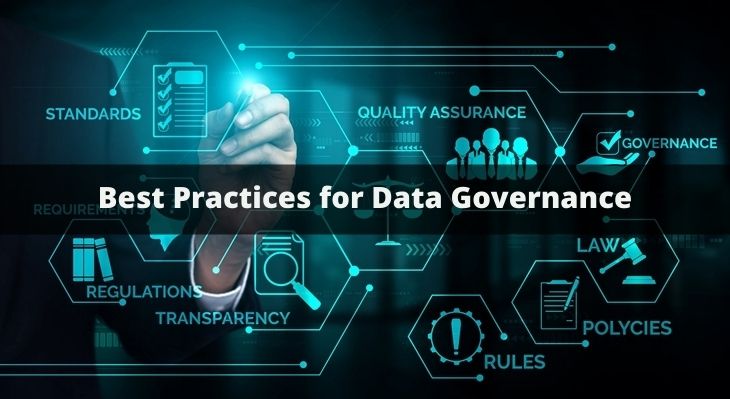Data governance refers to the management of a company’s data, availability, use, and security of information shared within the company.
Data governance aims to ensure process quality, transparency, and data protection.
By aligning technology, processes, and people to define roles, responsibilities, and procedures, the data governance team acts as an articulating authority, establishing guidelines, leading improvement initiatives, and orchestrating data management within the company.
Thus, the main task of the discipline is to ensure that a business reaches its objectives.
A way to make this possible is through the determination of those involved and their responsibilities.
Many managers feel lost amid so much data and information, which destroys their analysis and delays strategic decision-making.
If the company realizes that it is in this type of difficulty and wants to guarantee a resolution that is efficient and brings the desired return, data governance is necessary.
Having good data governance means making better decisions for the business, which will result in increased operational efficiency and, consequently, more money for the company.
By investing in data governance, the company develops and facilitates decision-making, improves its flows and processes, and integrates the IT area with the other areas of the business, ensuring better results.
One of the major problems that hinder organizations’ growth is the lack of continuous improvement to solve problems.
In addition, inaccurate decisions, which do not consider important aspects when taken, can harm the company.
If you understand how well-managed data about your production reveals key issues to understand your process and thus better manage it, you would probably like to implement data governance.
The following are the best practices for data governance to successfully implement it in your organization.
Employees keep the organization active. Thus, their involvement in maintaining protocols on information is of utmost importance and ensuring that governance is, in fact, practiced.
At this stage, engage your employees. It is important to perform collective work so that the understanding of the business is transparent.
For this, leaders must insert the team in the new guidelines to ensure that everyone understands their importance and has adequate means to practice them.
With the collaboration of all, it is possible to have clearer data that will efficiently enable the implementation of governance.
Governance will govern all aspects and documents generated in the day-to-day activities of the organization.
It is necessary to understand the business’ current situation, such as market position, recognition before customers, sales results, and weaknesses.
Check the current systems, how they are produced, what are the expected results from each, and what data and documents they generate.
From this information, it is possible to structure the governance schemes in a way that they also fit the organization.
Defining the data is essential for good data governance. Make sure they are all available.
Information can come in many forms and can be accessed in blocks, alone, in sequence, etc. So being organized and available is essential.
In addition, it is crucial to calculate the value of your information. You can’t protect and improve something that you don’t know the value of.
This can be difficult since information is intangible, and donor governance helps the company to value its data over time.
To guide data governance, a well-established policy is highly needed. For this to occur, an intelligent policy must be defined, and the tool used must be consistent with the company’s profile.
Policies provide the vision and guidelines on concepts, rules, responsibilities, restrictions, and assumptions related to data processes.
They guide company employees on initiatives in conducting data management activities.
Thus, when outlining how your data governance system will go about, think about all the details and ensure that it guides the data generated towards the real objective sought by management.
Analyzing is the most important part of the project, since without it is impossible to know if the results have been achieved and what needs to be improved.
Organizations change constantly, and consequently, their information.
In data governance, it is essential to prioritize this practice; however, more than that, the company must determine which of these results will guide the company’s planning.
Some metrics help to understand business performance in several aspects of extreme relevance.
Also Read: What is the Importance of Data Management in Different Organizations?
Proper implementation happens when there are efficient support tools.
Data management is indispensable in governance, but it is only done with the help of software aimed at this function.
They help to manage company information more accurately and based on indicators and metrics.
To put strategies into practice, an efficient platform is a fundamental part of the process.
Business intelligence promotes the conversion of data and information generated on the agenda to better target corporate decision making.
The reports reveal the business’ progress and, thus, clarify which are the best strategies to be followed.
Combining this process with your data governance is a great way to optimize the system’s results and lead the organization towards continuous improvement that can be obtained from them.
Concluding Words
Using these best practices, companies can create an effective data governance strategy and operational model.
Providing a way for organizations to establish control and maintain the visibility of their data assets.
Organizations are likely to reap immense benefits as they promote a data-based culture within their organizations.
You may also like to read:11 Best Tools for Data Governance

